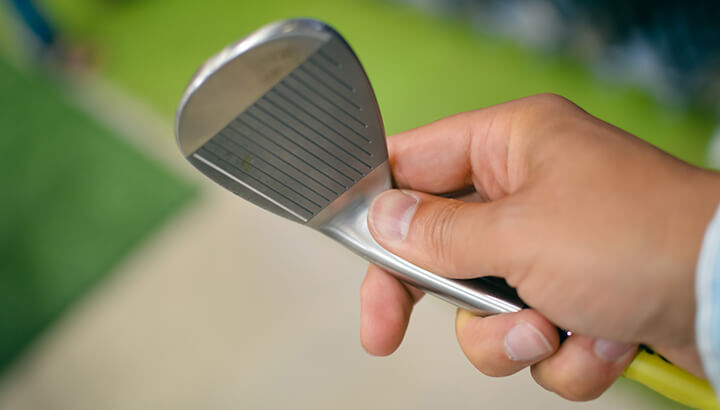When purchasing a new set of irons, fairway woods or a driver, one option golfers must consider is whether to choose steel or graphite shafts for their clubs. Neither should be considered better than the other. The benefits of both ultimately rely on the skill level, swing speed and desires of the golfer.
It’s important to understand the history and benefits of both types of shafts. With knowledge, golfers can better understand how each type of golf shaft can help improve their game.
A brief history on golf shafts
When residents of Scotland first began playing the golf, golf shafts were comprised of wood — originally ash or another hardwood. In the mid-1800s, hickory shafts were first used, ushering in a new age of innovation for the golf shaft. Hickory shafts would become the standard material for golf shafts as the game spread through the United Kingdom, Europe and the United States. Later, steel rods were tested as shafts in the 1890s. By the 1920s, steel became the undisputed common material.
The first graphite shaft was designed by the Shakespeare Sporting Goods Co., which is mainly known for its fishing rods. Shakespeare’s graphite shaft was first used in 1969. Graphite shafts then became commonplace in the mid-1970s, but the revolution turned out to be a fad. The material proved to be too brittle for certain weather conditions and not of high-enough quality for the era’s affluent golfers. Graphite improved by the 1980s, though, and it has since been an incredibly popular option for golfers shopping for drivers and woods ever since.
Steel shaft benefits
Steel shafts are heavier than shafts made of graphite. The additional weight tends to be a deciding factor for golfers choosing between the two types.
Common theory among golf professionals and club fitters states: the faster the swing speed, the longer the distance. So, golfers with slower natural swing speeds tend to shy away from steel-shafted golf clubs because of their weight. Stronger golfers, who have the ability to swing a heavier club, often prefer steel shafts. A heavier shaft allows for better swing path and tempo — two crucial elements to a good swing for more advanced golfers.
Another benefit of steel shafts is the feedback they provide. For highly-skilled golfers, the difference between a good shot and a bad one is minimal. The vibrational feedback — or feel — a steel shaft can provide is another element which can influence a golfer to select steel.
Additionally, steel shafts are typically less expensive than graphite shafts.
Graphite shaft benefits
Graphite shafts, conversely, are extremely lightweight. They’re ideal for senior, junior and female golfers hoping to add swing speed and distance to their shots. Of course, the added whip can lead to problems for golfers with poor swing paths.
Currently, graphite shafts tend to be used in most — if not all — drivers and woods. Whether you are purchasing entry-level woods or getting custom fit for one of the latest drivers from the game’s biggest manufacturers, expect graphite shafts as the likely option.
Which is better?
Should you play graphite shafts or steel shafts? Ultimately, it comes down to your preference, which should be based off of your skill level.
If you’re a golfer who needs additional swing speed, consider graphite shafts throughout your golf bag. For the irons, seek out stiff-flex graphite. The limited flex will help maintain tempo and kick throughout the swing.
Experienced golfers should opt for high-performance steel shafts in their irons and wedges. They should be a custom fit to the shafts in their woods and driver. The performance throughout the bag would aid in ball flight, accuracy and proper gapping.
If you’re still unsure of which shaft type to choose for your new irons, woods or driver, visit your local golf shop to be fit for shafts. You can also try one of the many online shaft fitters, like True Temper’s Shaftfit or UST Mamiya’s Swing Fit Interactive Fitter.
— Ben Larsen
